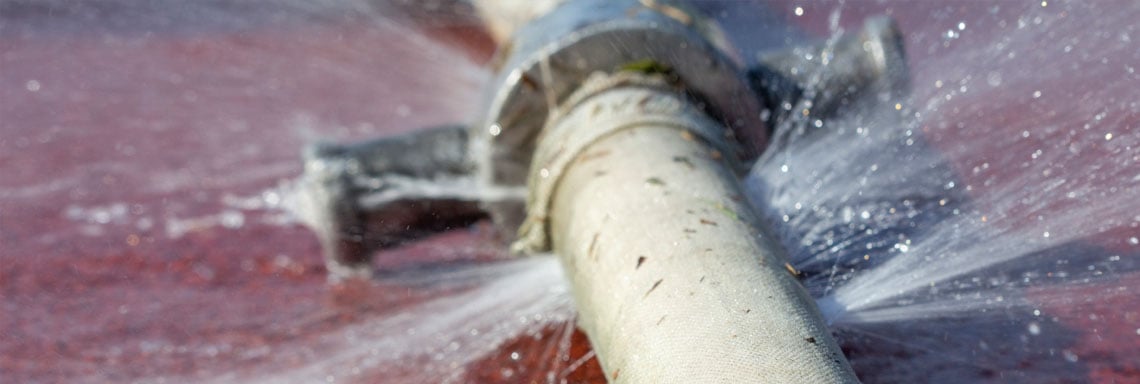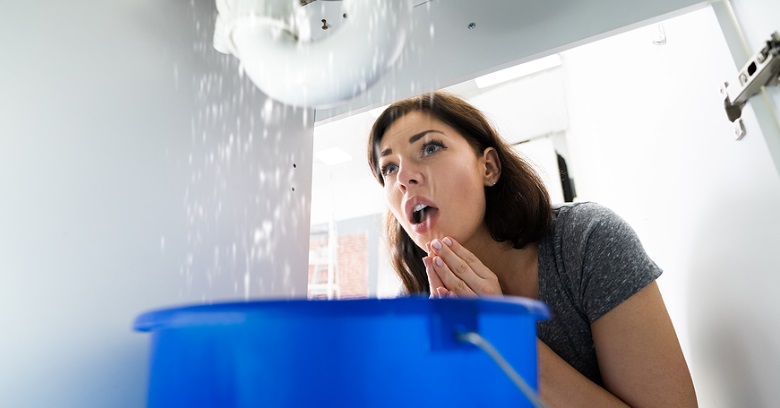Presented here down the page you can get more exceptional details on the subject of What to Know Before Installing a Dishwasher.

A ruptured pipe is a major emergency; you can just stand as you watch water you pay very much to reunite with the earth. In even worse instances, you discover a swimming pool on your cooking area floor, which is an excellent trip risk, specifically if you have children around. If the pipe that ruptured remained in your walls, problem: you might require to repaint that entire area.
Just how can a calamity like a burst pipeline be prevented as well as taken care of? Well, by listening to your expert emergency plumbing professionals and also following these guidelines.
Exactly how do I recognize when my pipelines have burst?
Fluctuating water pressures
Pipelines do not simply burst in a day. You might have seen that your kitchen tap or shower doesn't run promptly when you transform the tap. It might pause for a few secs and afterwards blast you with even more force than typical.
In other circumstances, the water might appear regular in the beginning, after that drop in pressure after a few seconds.
Contaminated water
Lots of people presume a burst pipe is a one-way outlet. Rather the contrary. As water drains of the hole or tear in your plumbing system, impurities locate their method.
Your water might be infected from the resource, so if you can, inspect if your water storage tank has any type of problems. However, if your drinking water is supplied and detoxified by the local government, you need to call your plumber immediately if you see or scent anything amusing in your water.
Puddles under pipelines as well as sinks
When a pipe bursts, the outflow forms a puddle. It may show up that the pool is expanding in dimension, as well as regardless of the number of times you mop the pool, in a few minutes, there's another one waiting to be cleansed. Usually, you might not have the ability to map the puddle to any visible pipelines. This is an indicator to call an expert plumber.
Wet walls and water discolorations
Prior to a pipeline bursts, it will leakage, a lot of times. If this consistent leaking goes unnoticed, the leakage might graduate into a large wound in your pipeline. One simple way to avoid this emergency is to keep an eye out for damp walls ad water discolorations. These water spots will lead you right to the leakage.
Untraceable trickling noises
Pipe ruptureds can occur in the most unpleasant places, like within concrete, inside walls, or under sinks. When your house goes quiet, you might be able to hear an aggravatingly consistent leaking noise. Also after you've checked your shower head and cooking area faucet, the leaking may proceed.
Precious reader, the dripping might be originating from a pipe inside your wall surfaces. There isn't much you can do concerning that, except tell a specialist plumber.
Show up the Warm
Set up followers to blow warm into cool rooms. Keep the garage door shut. If you have reduced water flow, heat one of the most susceptible pipes (generally in cellars and crawl spaces or near outside walls) with a hair clothes dryer. Leave the tap on while you apply warmth. As you melt ice, the flow will certainly enhance. To avoid pipes from cold, insulate your walls.
Beginning Eliminating the Water
Grab the mop, pails and a store vacuum to begin to do away with the water because you definitely don't want it saturating into whatever else in the house. Plus, a fast clean up will certainly minimize the possibilities of something obtaining moldy.
What do I do when I detect a burst pipeline?
Your water meter will certainly continue to run even while your water wastes. To decrease your losses, find the primary controls and also turn the supply off. The water pipe are an above-ground structure beside your residential property.
How to Fix & Detect a Leaking Pipe
How Do I Know if a Pipe is Leaking?
Leak detection tests can help you determine if your pipe has a leak. Even if you don’t see an apparent leak, you should still conduct leak detection tests regularly to save water and money—and prevent major damage to your home.
Water meter. It can be helpful to figure out what your usual water meter usage numbers are and then monitor them regularly. To monitor your meter, first, turn off all water faucets in your home. Check the meter and write down the numbers. In a few hours, check the meter again. If the numbers have changed, you have a leak. Water gauge. Use a water gauge to test your water pressure. Your showerhead should produce a certain amount of water pressure based on its model and design. If the pressure is lower than it is supposed to be for that specific showerhead, your home likely has a leak. Puddles. Look inside your bathroom, laundry, and kitchen sink cabinets. Puddles around the cabinets or around toilets, tubs, showers, and washing machines indicate the presence of a leaking pipe. You may also notice loose tiles, peeling or flaking paint, or mold caused by water accumulation. Napkin test. Even if you don’t see any puddles, you may still have a leak. You can test for water leaks in the bathroom, laundry, and kitchen by wiping below-sink connections with a napkin, paper towel, or piece of toilet paper. If it becomes damp, you probably have a leaking pipe under the sink. Discolored walls. Walls that are discolored—usually with brown or yellow stains—or bulging might mean that they have been impacted by water damage caused by a leaking pipe. Smell. A leaky pipe will create sitting water, and over time, that water may develop a musty smell. If your home smells musty, but you can’t locate the source, it may be due to a leak. Steps for Fixing a Leaking Pipe
A leaky drain can be remedied by tightening the pipe base, replacing the drain seal, caulking the rim, and tightening the pipe nut. Similarly, a leaking toilet pipe can be treated by tightening the packing nut. You may also need to replace the valve. A leaky faucet may just need tightening or replacement of the washers. If that doesn’t work, consider replacing your faucet. If your pipe has a hole in it, you may want to use a pipe leak sealer or pipe leak tape. This quick fix for water pipe leaks can also temporarily fix a copper pipe leak. https://www.ahs.com/home-matters/quick-tips/how-to-tell-if-pipes-are-leaking/

We had been made aware of that article on How to Prepare for Your Dishwasher Installation from a good friend on our other blog. Do you know somebody else who is in to the topic? Why not promote it. I treasure reading our article about How to install a dishwasher safely.
Quote